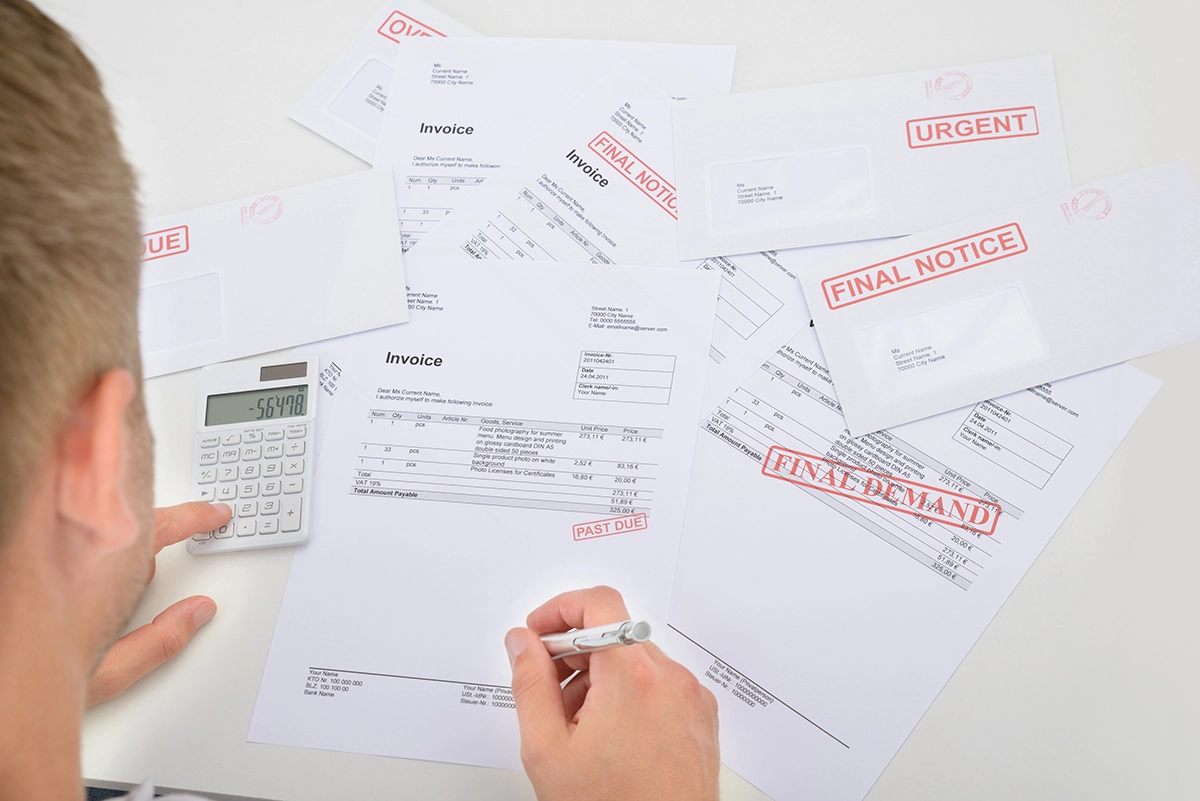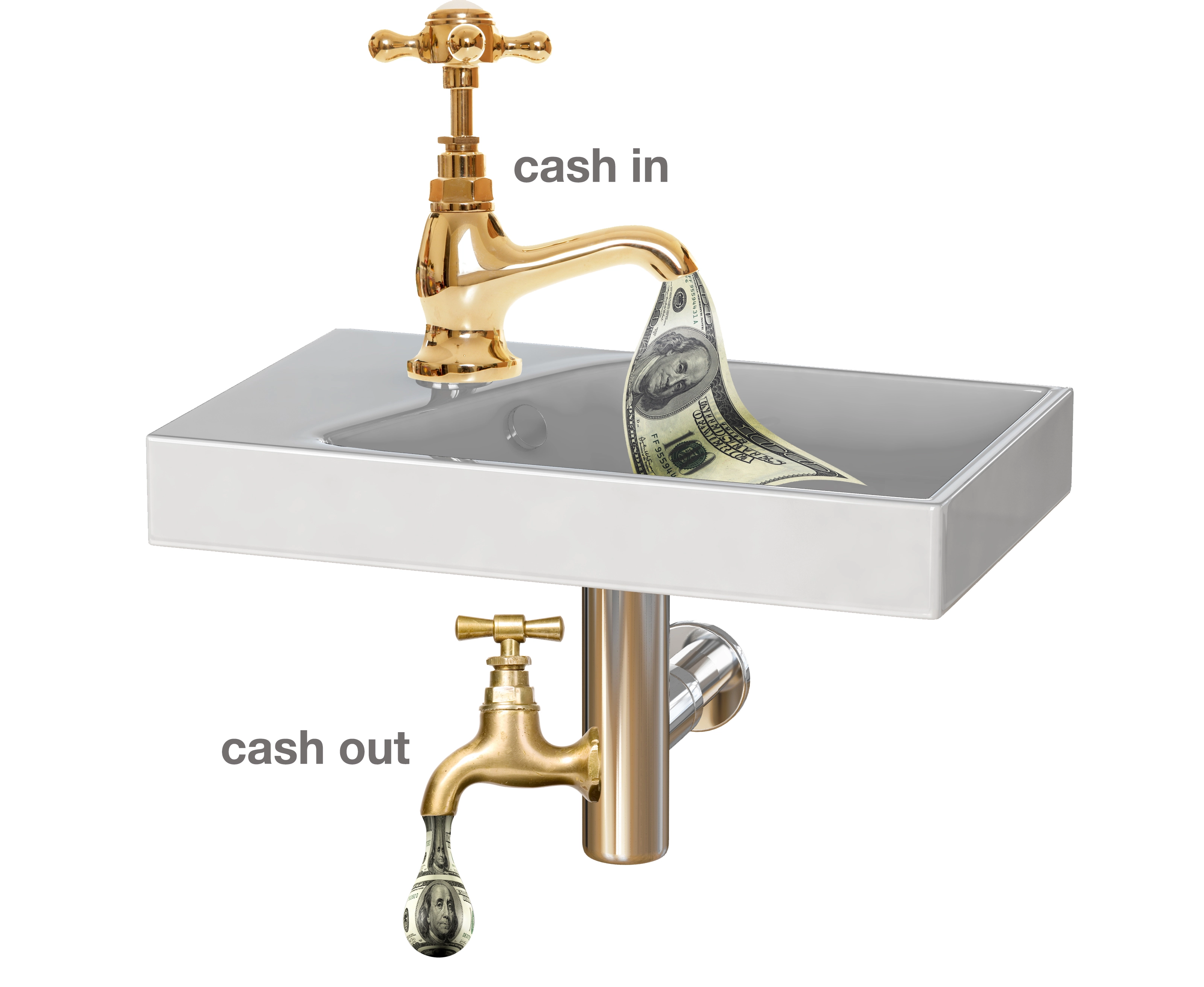I’ve written about the first three steps: Know how you generate revenue, make sure you have profitable revenue, and track your billable hours each month. Here is step four:
Step 4- Review timely, accurate financial statements each month.
This means that by the 15th of each month, you will receive your profit and loss statement, balance sheet, aged receivables report, aged payables report, and the reconciliation reports for your bank, credit cards, and vendor accounts.
It’s like learning to read a wiring diagram.
For those of you who started in the field, the first time you looked at a wiring diagram, you didn’t understand it. You took the time to learn to read them because it was critical for you to understand them so you could do your job.
It’s like learning to drive.
The first time you got in a car, the thing that probably went through your head was, “Finally, freedom!” Then you started to learn to drive.
It was hard in the beginning. You had to pay attention to many things. You practiced, and driving became reflexive.
Financial statements are the same thing. The first time you look at them, you don’t understand them. Take the time to learn to read them because they are critical to your company's survival.
Delegate the bookkeeping.
You have more productive things to do as an owner or manager than the day-to-day bookkeeping entries. A competent bookkeeper should do this.
You must review the timely, accurate financial statements your bookkeeper produces.
Five quick ways to tell if your financial statements are wrong:
1. Your statements are reported on a cash rather than accrual basis.
a. QuickBooks® states on the financial statements whether they are on a cash or accrual basis. Other accounting systems are usually set up on an accrual basis.
b. Cash basis accounting reports a sale when you get the money for your work. It reports an expense when you pay that bill. There are no accounts receivable or accounts payable. Your company is almost always profitable because you don’t pay bills without money in the bank.
c. Accrual-based accounting reports revenue when you bill for the work, whether or not you collect for the work. Likewise, accrual accounting reports expenses when you receive an invoice from a supplier, whether or not you’ve paid it. There are accounts receivable and accounts payable. This is the most accurate way to account for profitability. Your gross margins should be fairly consistent with accrual-based accounting, assuming you match revenues and expenses incurred producing those revenues.
2. You have negative cash and/or negative accounts receivable.
a. It is impossible to have negative cash in the bank. You would be bouncing checks and accumulating fees, and your bank would close your account.
b. Negative accounts receivable usually happen when deposits were given for future work, and they were not accounted for as deposits (current liability on your balance sheet).
3. You have negative loans and/or negative payroll taxes payable.
a. This happens toward the end of the loan when the bookkeeper puts the entire loan payment against the principal rather than putting the interest portion as an expense on your P&L.
b. The government is unlikely to owe you money unless you’ve made a huge mistake and overpaid your taxes.
4. You have negative credit card payables.
a. These balances should be positive unless you got a refund for a purchase made in the previous month.
5. Your accounts receivable and accounts payable balances on your balance sheet do not match the accounts receivable and accounts payable totals on your aged accounts receivable and accounts payable reports.
a. This indicates that some receivables or payables are not entered through those modules and are entered as journal entries instead. Find out why.
Reviewing timely, accurate financial statements helps you spot minor issues and resolve them before they become major cash flow or other crises.
Visit our download center for free financial templates.
Ruth King has more than 25 years of experience in the HVACR industry and has worked with contractors, distributors and manufacturers to help grow their companies and become more profitable. Contact Ruth at ruthking@hvacchannel.tv or at 770-729-0258.






